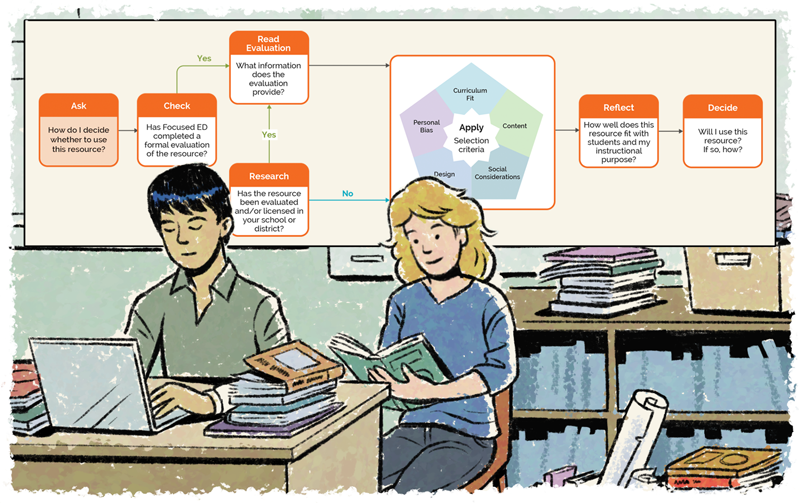Learning Resource Selection Overview
- Recognize the relationship between educator professional autonomy and resource selection
- Explain the Learning Resource Selection Model
Professional Responsibilities
Every day you choose learning resources for instruction and student use. Are you aware that those choices are subject to government requirements?
At the federal level, there is legislation on copyright usage for schools. |
|
At the provincial level, there is the Freedom of Information and Protection of Privacy Act (FOIPPA). The B.C. School Act provides direction on the selection and use of resources to support the B.C. curriculum. |
|
Your local district or school policy also provides direction. |
Each of these informs an educator’s resource selection as they exercise their professional judgement.
Reflect
- How have you ensured you know about your roles and responsibilities in selecting learning resources for your classroom?
- Do you know the policies and practices around resource selection in your school? In your district? If not, who will you ask to find this information?
- What else do you need to know more about?

Learning Resource
Learning resources can be print or digital and include any other materials that assist students to meet the expectations for learning, as defined by provincial and local curricula and policy.
- Print resources may include magazine articles, novels, picture books, graphic novels, plays, poetry, and non-fiction.
- Digital resources may include any text, images, video, sound and graphics delivered through a digital interface. Examples include: e-books, PDFs, simulations, apps (including social media), games, online tutorials/courses, and video streaming.
- Reference resources may include periodicals, journals, biographies, encyclopedias, and online video collections.
